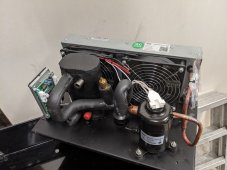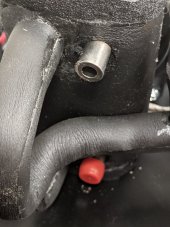Hedges
I See Electromagnetic Fields!
- Joined
- Mar 28, 2020
- Messages
- 20,660
I have it set to stop charging the battery at 4:00, I don't really know why it stopped charging after the AC kicked on for the first time at roughly 3:30. Those huge wattage spikes are the central AC cycling on and off.
Maybe something to do with bulk/absorption/float if it has those concepts? If it was in the middle of absorption and all PV diverted to A/C, might it think tail current tailed off and switch to float voltage which wouldn't take any more current? How full was battery? Does it also draw from grid to charge battery, or only from PV?
You stop charging at 4:00 - is that for peak utility rate time? Do you also have 3:00 part-peak?






